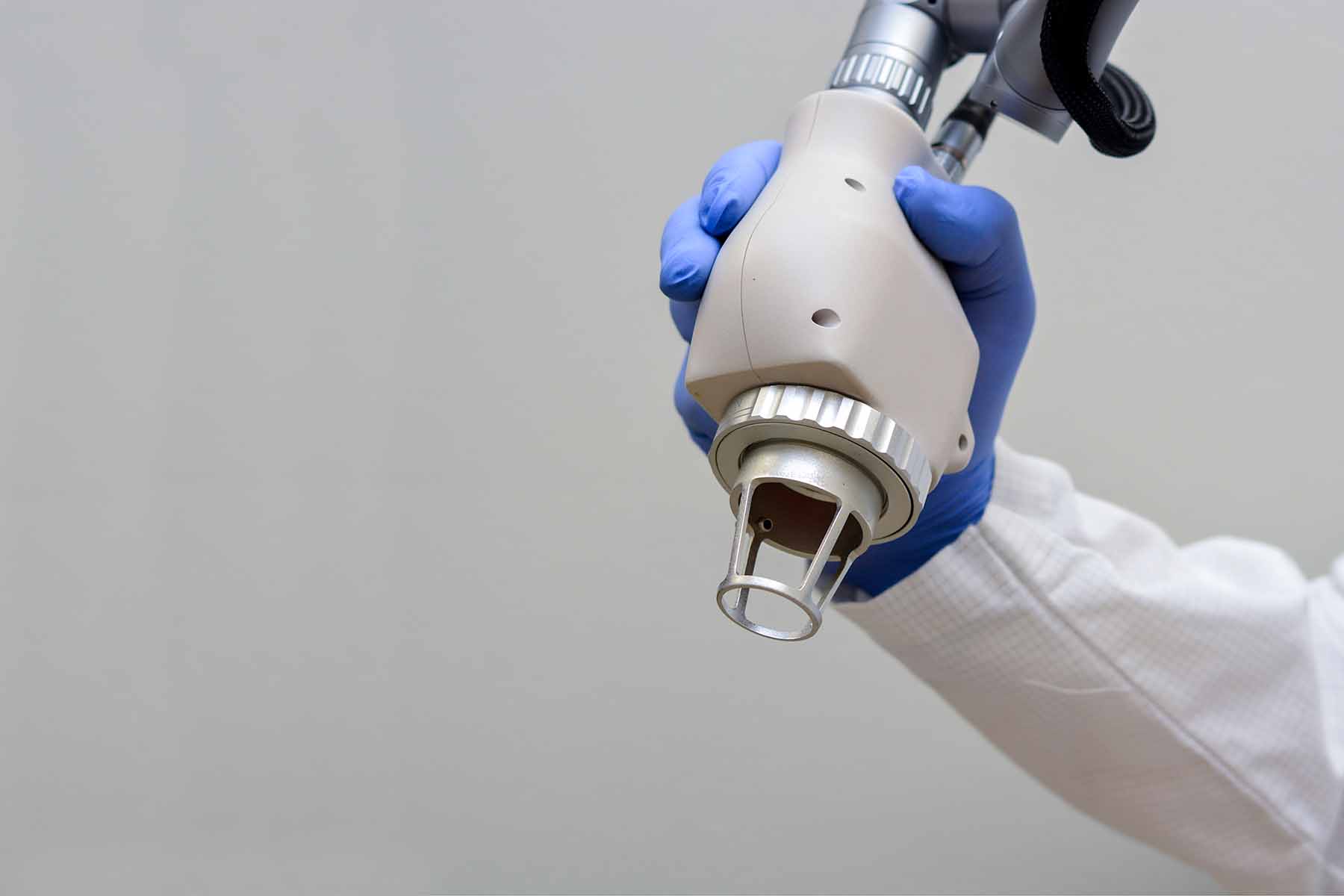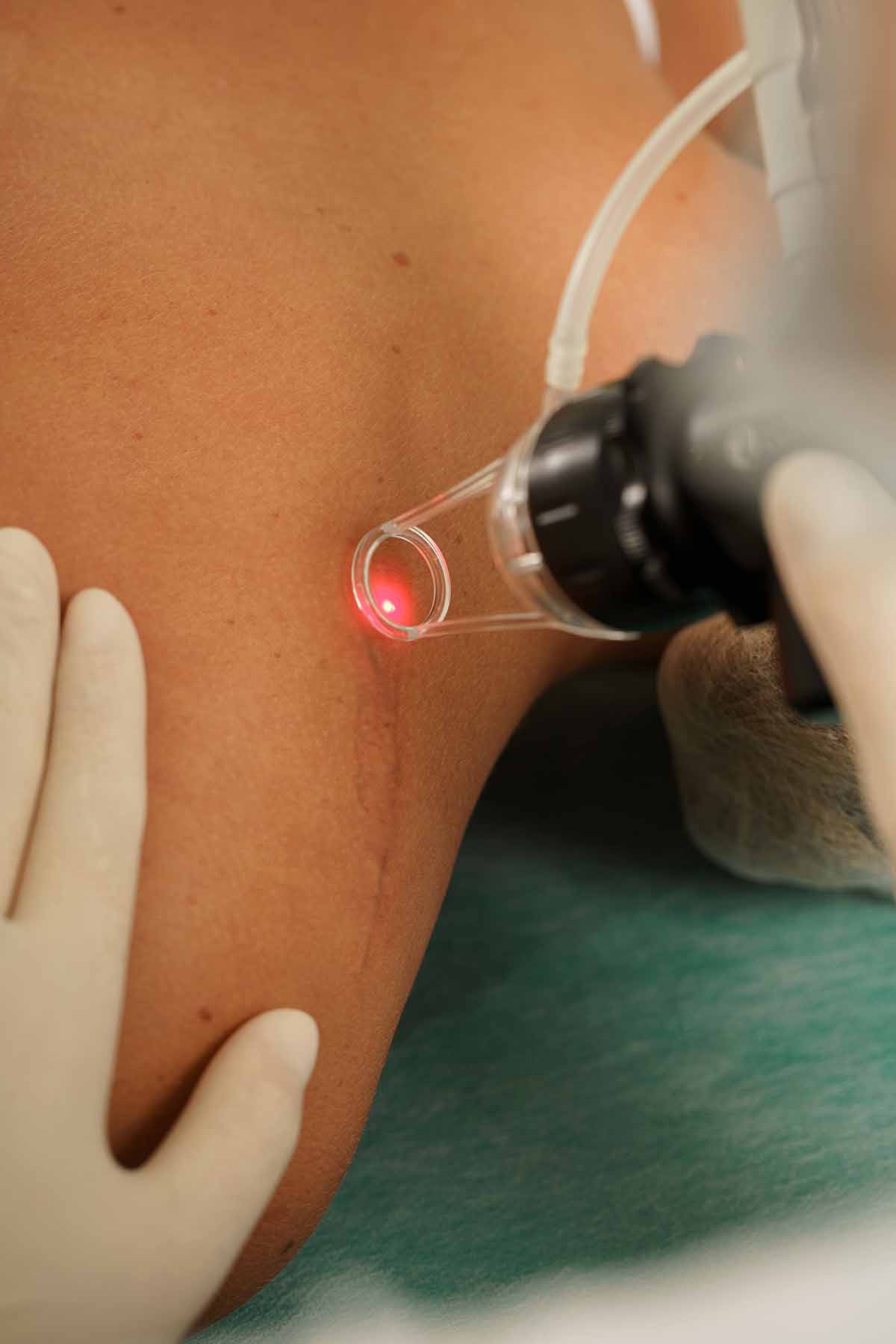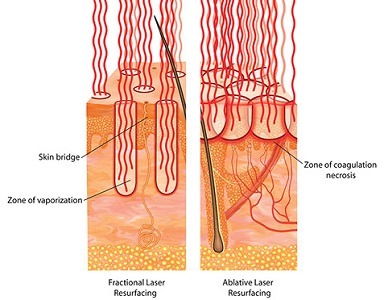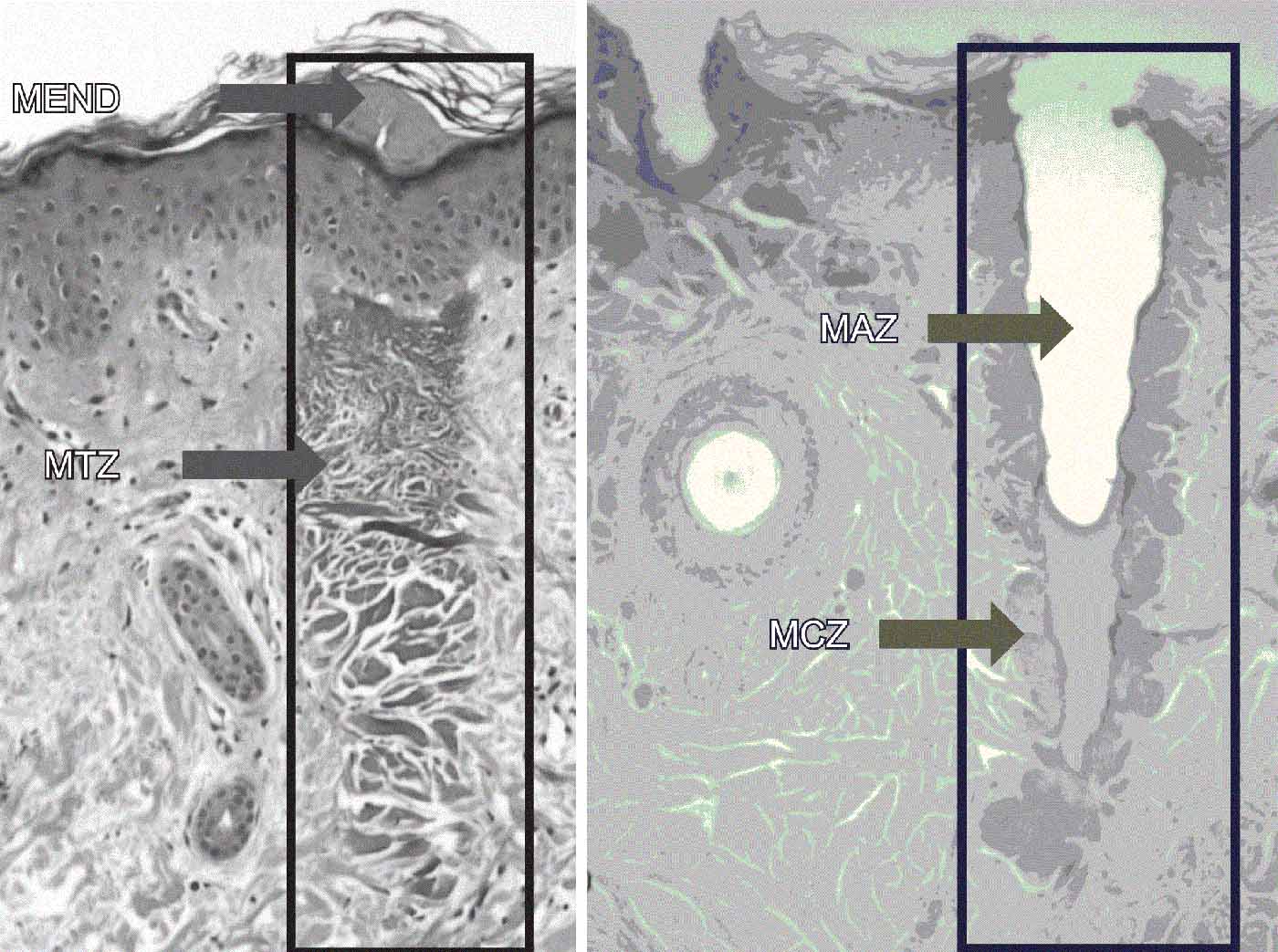Ablative Fractional Laser (AFL)
Why Ablative Fractional Laser (AFL)?
The Ablative Fractional Laser (AFL) is a wounding laser, which delivers micro fractional columns of laser light to the top layers of the skin. This treatment works by creating thousands of microscopic areas, through heat, where the top layer of the skin is ablated (removed). These tiny areas of damage are surrounded by untreated skin, this allows healing of the skin. Traditional ablative laser resurfacing can take on average up to three weeks to heal. Types of ablative treatments include the carbon dioxide (CO2) laser and the erbium laser. AFL is performed under local anaesthesia.
Main improvements
Main improvements to the scar (even after one session):
- Improved pigmentation (discoloration)
- Improved vascularity
- Improved pliability
- Reduced height
Adverse effects
Fractionated CO2 laser technology allows doctors to resurface patients with less complications than with the non-fractionated ablative laser treatment. Unfortunately, adverse effects can still occur even with the best technology and medical care:
- Redness, mild swelling, itching and scabbing. After AFL resurfacing the skin is red, swollen and itchy.
- Redness: the degree of redness is related to how deep the resurfacing was. Redness can be intense and may last for 4-8 days. AFL treatment may aggravate a previously existing skin condition, such as rosacea which can contribute to redness.
- Swelling usually disappears in a week or two after the procedure
- Itching is mainly due to dry skin, crust formation and irritation caused by the laser.
- Acne. Applying thick creams and dressings to your face after treatment can worsen acne or cause you to temporarily develop tiny white bumps (milia) on the treated skin.
- Infection. Ablative laser resurfacing can lead to a bacterial, viral, or fungal infection. The most common infection is a flare-up of the herpes virus (only if you already had a history of the herpes virus).
- Dyschromia. Ablative laser resurfacing can cause treated skin to become darker than normal (hyperpigmentation) or lighter than normal (hypopigmentation). Hyperpigmentation after laser is more common in people who have darker skin. Topical retinoic acid or glycolic acid can help treat hyperpigmentation after the treated area is healed. Use of sunscreen during the healing process is important.
- Scarring. With AFL resurfacing there is a slight risk of scarring.
- Turning of the eyelid (ectropion). Rarely, ablative laser resurfacing near the lower eyelid can cause the lower eyelid to turn out and expose the inner surface of the lid. Surgery is needed to correct ectropion.
Recommendations
Before laser resurfacing, you may need to take medication to prevent complications, for example if you have a history of herpes infections around your mouth, your doctor will prescribe an antiviral medication before and after treatment for prevention. Your doctor might also prescribe an oral antibiotic to help prevent a bacterial infection. Your doctor might recommend that you use a topical retinoid on your skin for four weeks before having AFL resurfacing.It’s important to avoid unprotected sun exposure before and after treatments. Too much sun exposure up to two months before the procedure and 1 year after can cause permanent irregular pigmentation (usually darker pigment) in the treated areas.
After AFL resurfacing, treated skin will be raw, swollen, and itchy. Your doctor will often apply a thick ointment to the treated skin and may cover the area with an airtight and watertight dressing. Any pain can be managed with over-the-counter pain control and sometimes the application of ice packs can help. Your doctor will explain how to care for your skin. You may prefer to remain at home while the wounds heal. Once new skin completely heals, usually after one or two weeks depending on the depth of resurfacing and type of laser, you could use cosmetics to conceal any redness.
Discuss with your doctor how permanent your improvements are likely to be after treatment.
F.A.Q.




